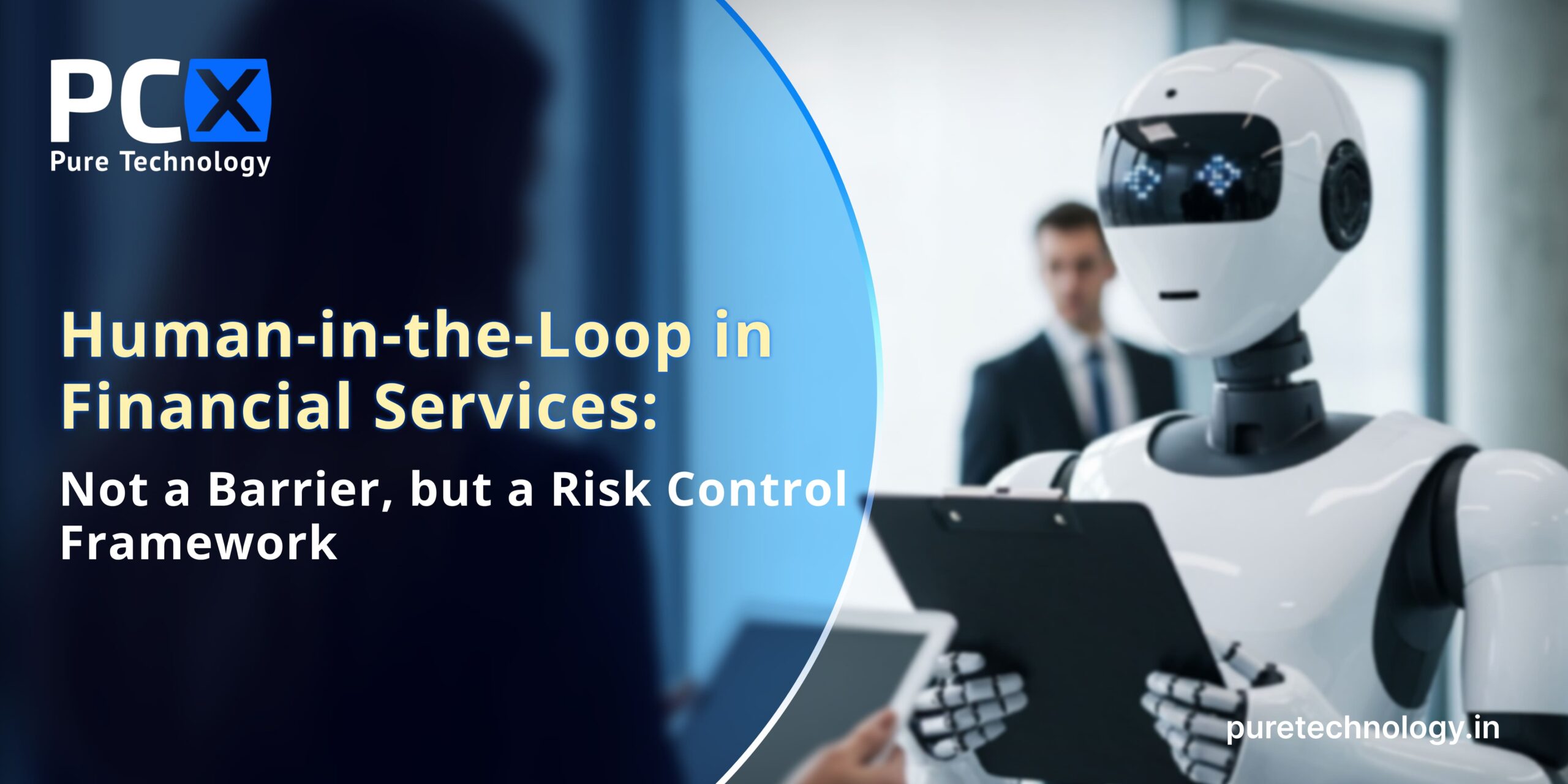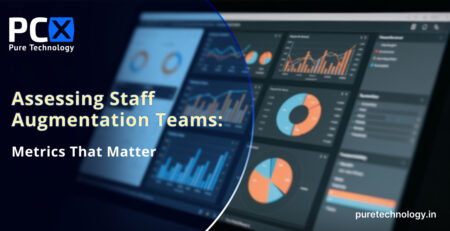Human-in-the-Loop in Financial Services: Not a Barrier, but a Risk Control Framework
Artificial Intelligence is reshaping financial services at an unprecedented pace. What started as simple automation has now matured into agentic AI systems—fraud detection models that can freeze accounts instantly, credit engines that decide approvals in seconds, and onboarding agents that spot suspicious activity faster than human teams.
But with autonomy comes a deeper challenge: unchecked AI isn’t just powerful—it’s risky. In finance, where billions move in milliseconds, the cost of a wrong decision isn’t just financial loss—it’s regulatory penalties, reputational damage, and customer distrust. This is why Human-in-the-Loop (HITL) is not a relic of the past. It’s the safeguard that ensures AI decisions remain explainable, ethical, and accountable.
What is Human-in-the-Loop (HITL)?
HITL refers to workflows where critical AI-driven decisions are reviewed or escalated to humans. In financial services, this applies to:
- Fraud detection and suspicious transaction monitoring
- Credit scoring and loan approvals
- KYC/AML compliance during onboarding
- Algorithmic trading oversight
- Insurance claims processing
These are high-stakes areas where unchecked AI errors could lead to regulatory violations, financial losses, or systemic risks.
Yet, HITL is often misunderstood. Many assume it’s slow, temporary, or a sign of “weak AI.” In reality, Human-in-the-Loop is a strategic risk control system that ensures speed doesn’t come at the expense of trust.
Let’s break the myths.
Myth #1: Human-in-the-Loop Slows Everything Down
Reality: Oversight prevents billion-dollar mistakes.
In an industry obsessed with speed, HITL often gets labeled a bottleneck. But the truth is, friction equals protection. For instance, KYC and AML systems can automatically flag anomalies, but without human review, false positives could lock out legitimate customers—or worse, allow fraudulent accounts to slip through.
In 2023, global banks paid over $5 billion in AML fines, often tied to oversight failures rather than technology flaws. The lesson is clear: human judgment isn’t inefficiency—it’s compliance insurance.
Myth #2: If AI Needs Supervision, It’s Not “Real AI”
Reality: Supervised autonomy is stronger autonomy.
Powerful AI doesn’t remove accountability—it demands it. Credit decisions, fraud alerts, or trading actions impact real people. Regulators like the UK’s Financial Conduct Authority (FCA) emphasize explainability, especially in lending.
If a customer challenges a declined mortgage, “the AI decided” won’t hold up in court. Agentic AI is anchored, not weakened, by human supervision.
Myth #3: HITL Can’t Scale
Reality: Modern AI scales oversight intelligently.
Critics argue that humans can’t keep up with high-volume financial systems. But HITL isn’t about reviewing every decision. Instead, it works like a tripwire—humans step in only when AI confidence drops or ethical gray zones arise.
Take the Zelle fraud scandal, where inadequate human oversight contributed to losses of $870 million over seven years. AI flagged anomalies, but the absence of timely human intervention escalated consumer harm.
Platforms like FD Ryze (Fulcrum Digital) show how agentic AI plus HITL creates scalable resilience, blending real-time automation with contextual human review.
Myth #4: Human-in-the-Loop Undermines Automation
Reality: Oversight strengthens automation.
In finance, black-box decisions are a liability. Regulators demand traceability—how, why, and under what conditions a decision was made. HITL ensures AI decisions come with audit trails, escalation protocols, and explainability.
Instead of slowing innovation, HITL gives automation memory, governance, and defensibility—the very features that future-proof AI adoption in banking, insurance, and capital markets.
Myth #5: HITL is Just Temporary
Reality: Human oversight is a permanent design choice.
Some argue that AI will eventually “outgrow” human supervision. But finance will never be free from edge cases, ethical trade-offs, or evolving regulations. A flagged payment today may be fraud, tomorrow it may be legitimate. A loan rejection may be legally compliant, but reputationally damaging.
HITL isn’t scaffolding—it’s the backbone of sustainable financial AI. Without it, institutions expose themselves to systemic risk rather than mitigating it.
The Future: Trust-Embedded Autonomy
The real risk in financial services isn’t humans slowing AI down. It’s machines moving faster than accountability can follow.
Forward-thinking institutions are moving from “AI vs human” to AI plus human—where speed, compliance, and judgment are architected to work together.
Human-in-the-Loop isn’t a limitation. It’s the future of trustworthy, resilient financial infrastructure.
Call us for a professional consultation












Leave a Reply